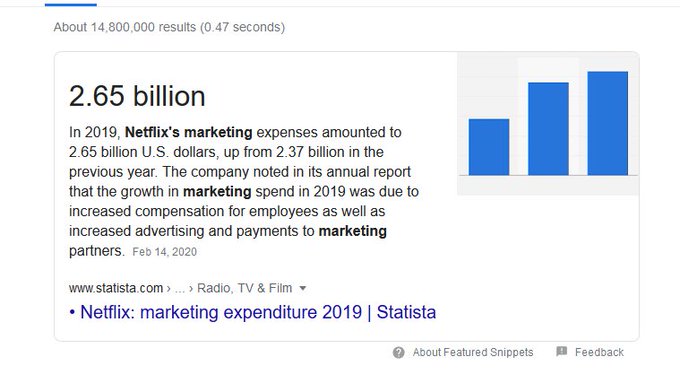A big part of that manipulation is controlling the framing. In this case making the story about Avatar and Netflix rather than Avatar and ViacomCBS.
Avatar was part of a spectacularly successful and profitable run of original animated shows produced by Viacom's Nickelodeon including Blues Clues, Dora the Explorer, Doug, Rugrats, The Ren & Stimpy Show, Rocko's Modern Life, Hey Arnold!, The Angry Beavers, Invader Zim, The Fairly OddParents, The Adventures of Jimmy Neutron, Boy Genius, Danny Phantom, and the wonderfully strange SpongeBob (which has brought in over $13 billion in merchandising revenue alone).
Avatar remains an active part of ViacomCBS with graphic novels, Blu-Rays, video games, merchandising, even streaming. Netflix shares rights with CBS All Access, but in the article by the New Yorker's Alex Barasch, the focus is elsewhere.
"And yet when “Avatar: The Last Airbender” arrived on Netflix, in May, it rose through the ranks to become the platform’s No. 1 offering" [As mentioned before, "rose through the ranks" completely misrepresents what happened. -- MP]
"The show is beloved by political commentators ranging from the Times’ Jamelle Bouie to The Atlantic’s Adam Serwer, who pledged, following its arrival on Netflix, to “just do tweets about Avatar until November.""
"Last year, Netflix announced a new live-action adaptation."
"This year, as a showrunner in her own right, she succeeded in advocating for a more demonstrative queer relationship in “She-Ra and the Princesses of Power,” which now sits alongside “Avatar” on Netflix."
"The series first ran from 2005 to 2008 on Nickelodeon"
"When Korra and Asami officially became a couple, in the series finale, Nickelodeon ruled that the two were allowed only to hold hands—but the hard-fought moment made bigger strides seem possible to those watching"
For those keeping count:
Netflix references: 4
Nickelodeon references: 2
Viacom and CBS All Access references 0
Remember, Netflix has spends a tremendous amount of money on marketing and PR,
and based on the recent wave of Avatar/Netflix stories, a nice chunk of that is going to a show that Netflix neither owns nor has exclusive streaming rights to (somewhat similar to the situation with She-Ra). This is a great deal for ViacomCBS which gets big checks and sees its IP revitalized. It's also a not bad deal for Netflix, which associates itself with a cult favorite, gets great bang for its buck in terms of hype, and builds interest in its upcoming live action reboot.
For the rest of us, it's a useful reminder of how much of the news we read is both initiated and shaped by the people being covered.


